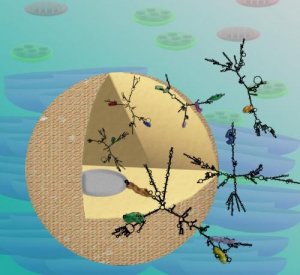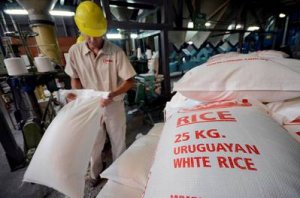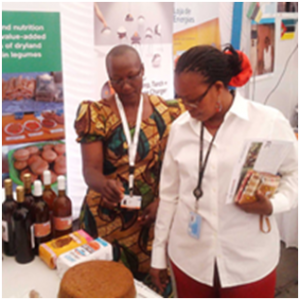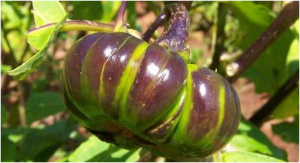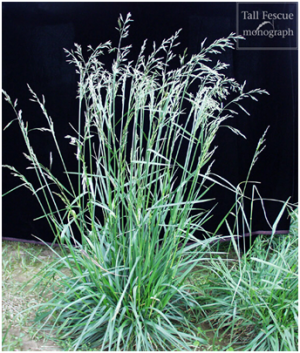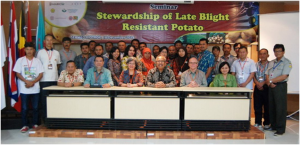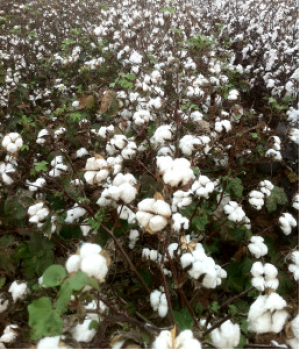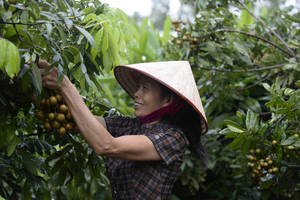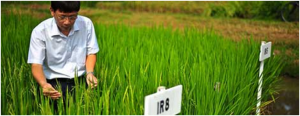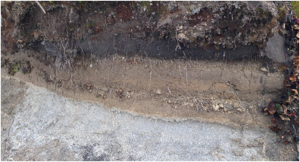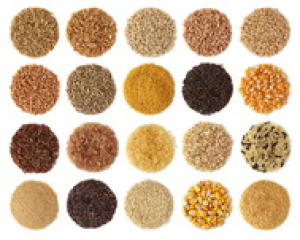|
The Herring Genome Provides Insight on How Species Adapt to the Environment
Wednesday, 2016/05/11 | 08:15:46
|
|
Scientists at Uppsala University and their colleagues report that whole genome sequencing of Atlantic and Baltic herring revealed hundreds of loci underlying adaptation to the brackish Baltic Sea or timing of reproduction.
The new study reveals that the Atlantic herring, one of the most abundant fish in the world and has been a crucial food resource in northern Europe, is a near ideal model to study genes underlying ecological adaptation. First, it is highly adaptable and it shows a considerable diversity in spawning time. Secondly, the population size is enormous.
The scientists have sequenced entire genomes from Atlantic and Baltic herring and revealed hundreds of sites that are associated with adaptation to the Baltic Sea. The study also identified a number of genes that control spawning by comparing herring that spawn in the autumn with those that spawn in spring. This is important because natural populations must carefully time when they reproduce to maximize the survival of their young.
These new findings provide evidence of how changes in protein-coding genes and stretches of DNA that regulate gene expression both contribute to adaptation.
For more on the study, read the article in eLife Sciences.
Figure 1. Demographic history and phylogeny. |
|
|
|
[ Other News ]___________________________________________________
|


 Curently online :
Curently online :
 Total visitors :
Total visitors :
(27).png)
